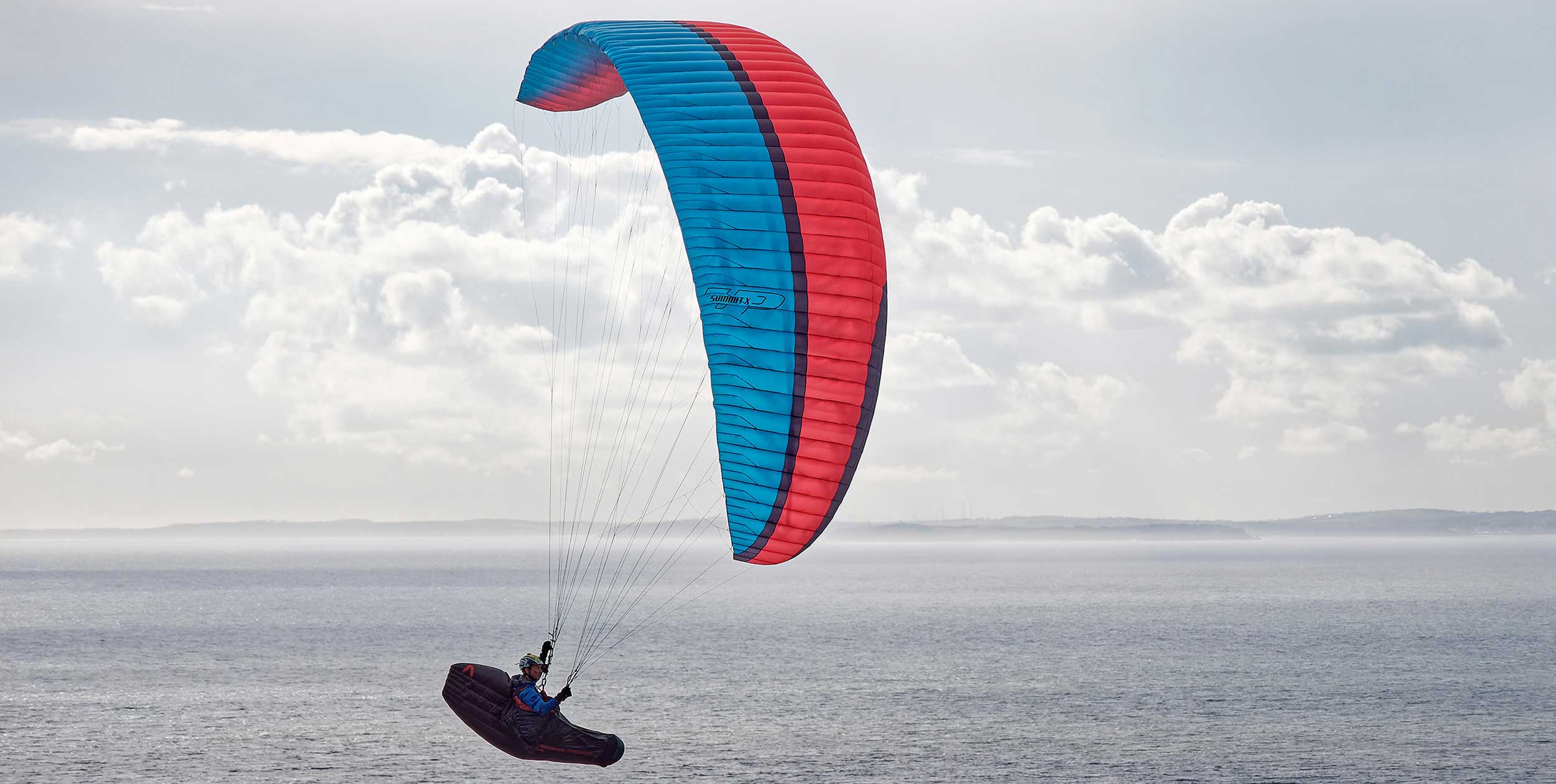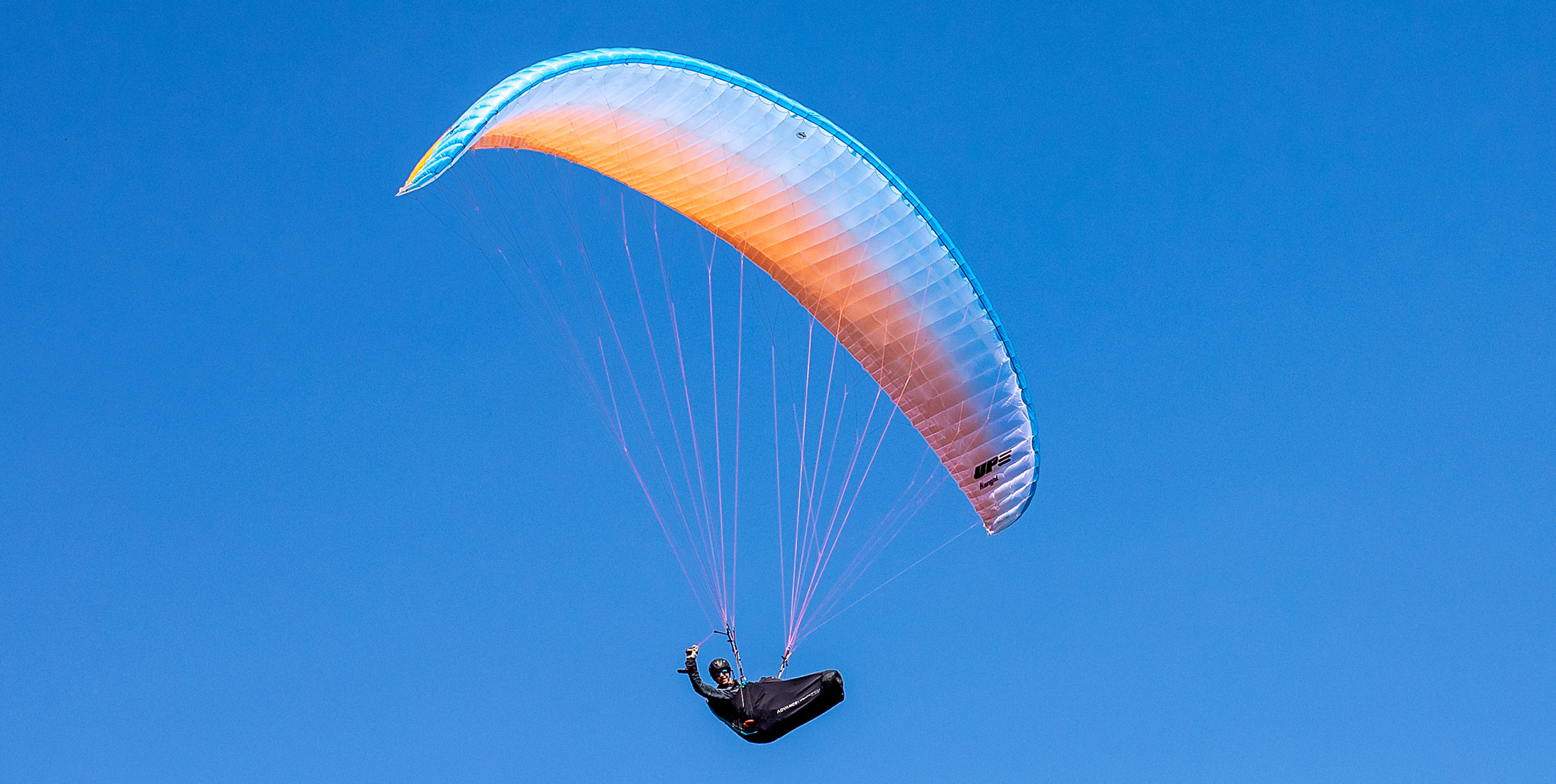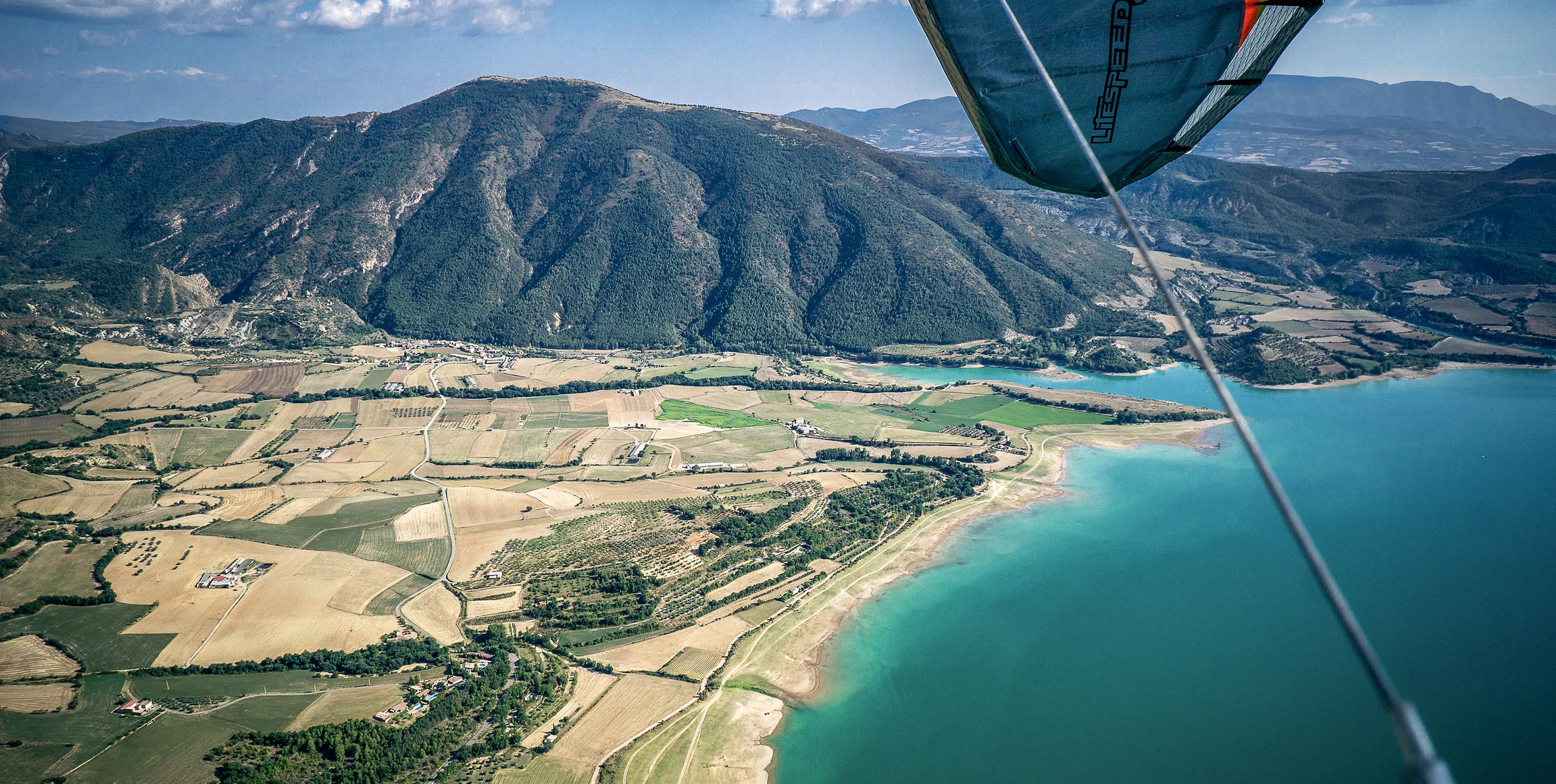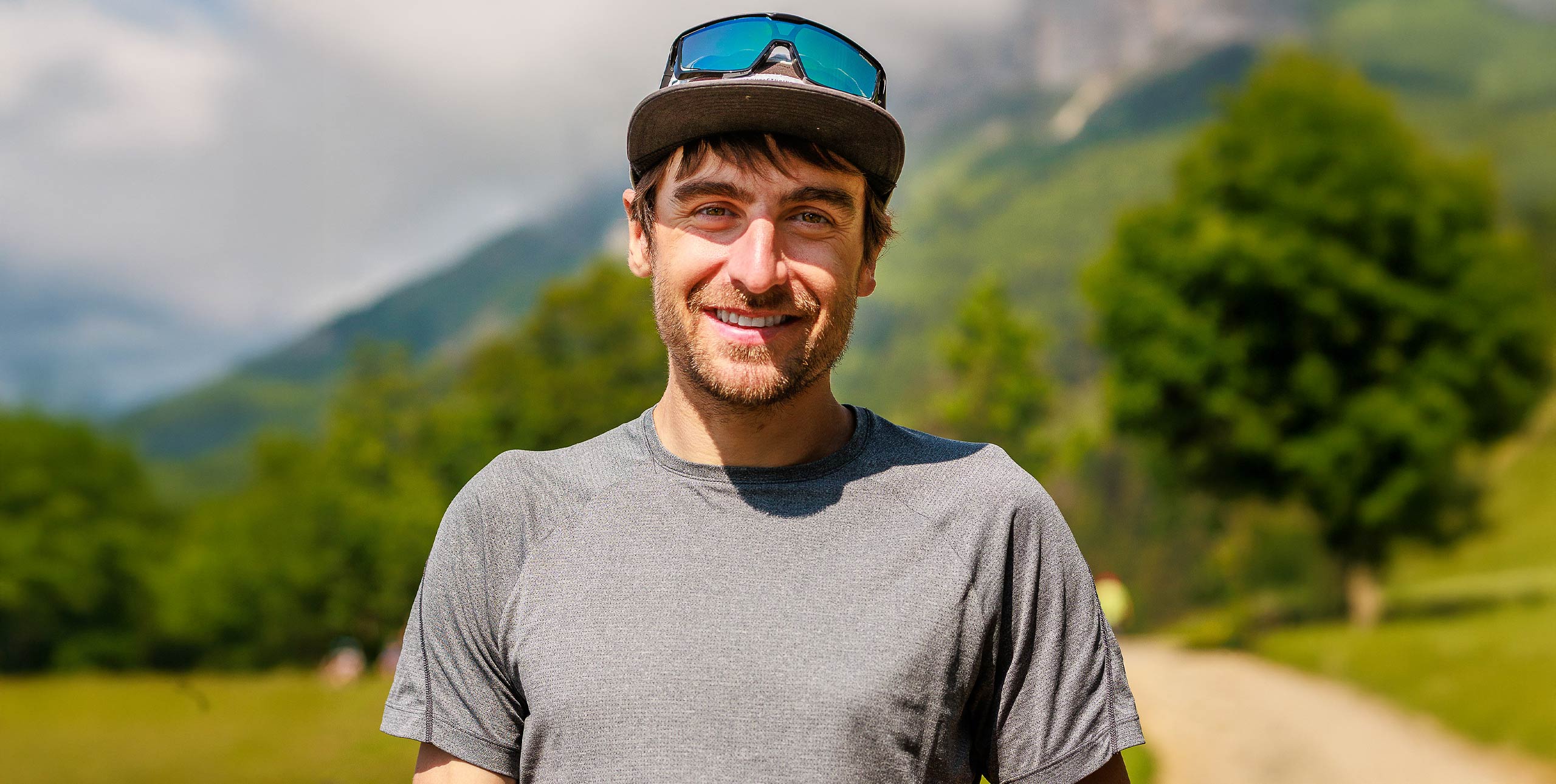
Cross Country spoke to UP’s test pilot Michal Sneiberg about UP’s new EN-D wing, the Meru.
What did you set out to achieve when you sat down to design the Meru? What were the ‘must-haves’ for this glider?
The goal was, of course, to build a competitive wing for today’s EN-D category. That means with comparable glide, climb and safety. Most of all we wanted to bring a wing with perfect response and UP handling.
Who is the design team behind the glider?
All of our wings are developed by the UP R&D team, which has been working together since 2010. The most important member is designer František Pavloušek, who is the brain of the team. He has been devoted to wing construction and flying for almost 30 years. I’ve been test pilot with Franta for the last 10 years. A few years ago Jiří Dlask joined the team – he is involved in design and testing.
What are you most proud of about the Meru?
We love its handling and straightforwardness. Pilots will not be afraid to fly at high speed near the slope, because there will be no surprises.
Two-line technology is still relatively new. How did you approach it?
True, but we’ve been focused on it right from the start. Our first serially-produced comp wing was the Edge XR in 2012, but unfortunately it came just before the open class bans on competitions.
Since then it has looked like we have not been paying attention to this technology, but that’s not the case. We have been working on comp-wing protos and gradually learning and exploring how this technology could be improved and made available for a wider group of pilots.
The whole development of the wing has been about finding the ideal balance between performance, feeling and safety.
Designing a glider at this level is a long process, and also expensive. The market is centred around EN B. How much of a risk is it to invest time and resources into an ambitious project like the Meru?
Of course, the development of lower and more profitable categories is easier and definitely less costly, but everyone who wants to create nice products on a long-term basis has to learn and try.
Many things from the development of these new technologies can be transferred to the lower categories and thus we can design better and more competitive EN-B wings.
Comparisons will obviously be made with the Peak 4 and Zeno, which were the first out of the blocks in terms of making two-line technology accessible to many more pilots.
Of course. The first was Ozone and we wanted to make the Meru better. Of course, we did not succeed in all parameters, but overall we think we have succeeded, as evidenced by the first results at the races.
Comparing the wings is essential, but one must be careful to be objective and adhere to certain principles: like the same weight, the same harness or seating position.
It is not easy to get a real result when comparing wings, and unfortunately, in the current online world, many absurd and untrue comparisons often appear – but this is the deal of the anonymous internet.
You are based in the German Alps near the Zugspitze, where conditions are often strong. How does that affect your design philosophy, and then also the testing?
In no way – our R&D team tests wings under all possible conditions. We fly both in the mountains as well as in flatlands, in windless and windy conditions, just wherever the weather is suitable for flying.
We found the stall point quite sharp. Is that fair to say?
We always try to stall the wing firstly from the ears before tearing away the air flow from the centre of the wing. It’s our style and this behaviour is safer.
How do you pitch the Meru – is it a comp wing, a top-end XC wing, or a mix of both?
It’s a mix of these categories. It is for those pilots who are willing to accept a small loss of performance over CCC, but they will appreciate significantly higher safety margins and comfort in competitions and long XC flights.
Read the review of the Meru here.











